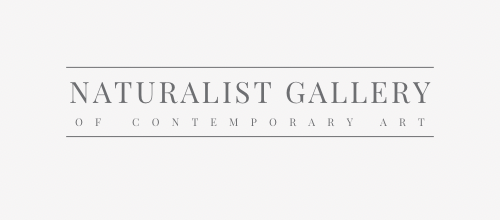Navigating the art world can be overwhelming, especially when it comes to understanding the differences between art prints and original paintings.
Prints offer affordable options for art lovers on a budget, while originals have unique value and investment potential. Both have their merits, so choose based on your preferences, budget, and desired level of exclusivity.
This article aims to provide clarity and guidance for art buyers, highlighting the characteristics, types, and value of each. Whether you're considering investing in an original artwork or looking for an affordable yet beautiful print, this guide will help you make informed decisions.

Section 1: Understanding Art Prints and Original Paintings
Definitions:
- Original paintings: Artworks created by an artist using various mediums, making each piece unique.
- Art prints: Reproductions of original artworks created through various printing processes.
Differentiating Factors:
- Texture: Original paintings often have visible brushstrokes and texture, while prints have a smoother and more uniform surface.
- Edges: Original paintings usually have painted or textured edges, whereas prints may have clean and even edges.
- Lighting: Original paintings may reflect light differently due to the texture and paint layers, while prints have a consistent appearance.
Value Considerations:
- Uniqueness: Original paintings are one-of-a-kind, increasing their value and collectibility.
- Mass production: Prints are reproduced in larger quantities, which can affect their value compared to originals.

Section 2: Types of Prints and Their Value
Limited Edition Prints:
- Numbered editions: Limited edition prints are produced in a set quantity and are individually numbered.
- Value over time: Limited edition prints can increase in value as the edition sells out or the artist gains recognition.
Open Edition Prints:
- Availability: Open edition prints have no predetermined quantity and are readily available.
- Price points: They often have lower price points, making them more accessible to a wider audience.
Artist Proof and Gallery Proof Prints:
- Rarity: Artist proofs are a small number of prints reserved for the artist, while gallery proofs are for galleries.
- Significance: These proofs hold special value due to their limited availability and association with the artist or gallery.

Section 3: Popular Print Processes
Giclée Prints:
- Quality: Giclée prints are known for their exceptional quality, achieved through high-resolution inkjet printing.
- Archival inks: These prints use fade-resistant inks, ensuring longevity and color vibrancy.
- High-quality materials: Giclée prints are often produced on archival paper or canvas for durability.
Serigraph Prints:
- Silk-screening process: Serigraph prints are created through a meticulous process of applying multiple layers of ink.
- Patience required: Each layer of ink is applied individually, resulting in rich colors and textures.
Lithograph Prints:
- Production process: Lithograph prints involve transferring an image onto a printing surface using a chemical process.
- Impact on quality and value: The simpler production process can make lithograph prints more affordable, but they may have less value compared to other print types.
Canvas Prints:
- Versatility: Canvas prints can be stretched over a frame, giving them a textured appearance similar to original paintings.
- Resembling paintings: The canvas texture enhances the visual appeal and makes the print resemble an original artwork.

Section 4: Making Informed Decisions
Evaluating Your Preferences:
- Emphasize personal taste: Consider your artistic preferences and which medium resonates with you the most.
- Enjoyment: Choose artwork that brings you joy and connects with you on a personal level.
Budget Considerations:
- Affordability: Prints are generally more affordable than original paintings, allowing art lovers with limited budgets to acquire artwork they love.
The Role of Research:
- Investigating artists: Research the artist's background, reputation, and artistic style to understand their work better.
- Galleries and certifications: Consider the reputation of galleries and look for certifications of authenticity to ensure the artwork's legitimacy.

Explore our curated selections of contemporary artists from around the world.
Naturalist Gallery offers fine art print releases with contemporary artists internationally. Apply your art. Sell your originals at Naturalist Gallery with Art Consignment.
Art prints and original paintings both have their merits and cater to different preferences and budgets. By understanding the distinctions, value factors, and popular print processes, art enthusiasts can confidently navigate the art market and make informed decisions that align with their tastes and goals. Whether you choose to invest in an original artwork or opt for a beautiful print, art has the power to enrich your space and evoke emotions for years to come.

You may also find the following articles helpful:
How to Sell Art Online and Make Money
Limited Edition Prints vs. Artist's Proofs: Explaining the Difference
Investing in Limited Edition Art Prints: A Comprehensive Guide
Limited Edition vs. Open Edition Prints: Understanding the Difference

